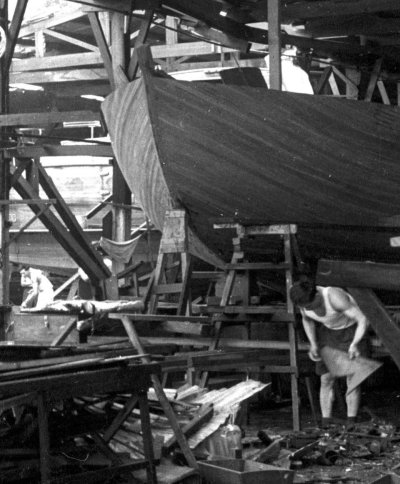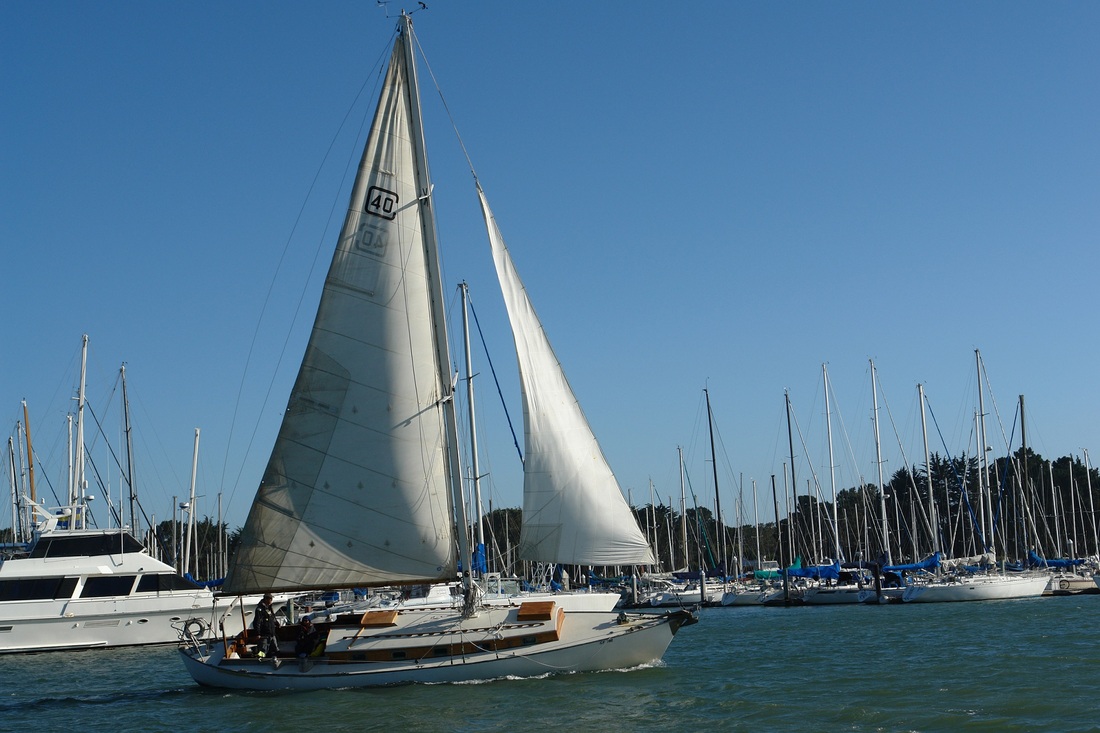jgtrucking
Senior Member
- Joined
- Jul 18, 2019
- Messages
- 114
- Location
- USA
- Vessel Name
- Toscana
- Vessel Make
- Island Gypsy 44 Flushdeck
I have an 81 Island Gypsy, the potable water tanks were buikt with a rivited construction, out of something calles monel (sp). Similar to galvanized. No corrosion oroblems, but they hava had leaks. PO made service ports into the tops of each, and calked seams repairing the leaks. Well time marches on. I had to take a 90 gal out of service to repair it again.
I have been searching for an epoxy to coat the inside of the tank, posibly making a near perminant repair. However, finding an epoxy rated for potable water and available to a consumer, in the u.s. has been challenging. I found a product called interline 925 (https://www.international-marine.com/product/interline-925) that seems suitable, but purchasing has been a bust.
Anyone either have a lead on another suitable product, or a source for this? And no, removing water tanks is not a feasable project. I use bottled water for drinking 99% of the time, but still want the water to be safe.
I have been searching for an epoxy to coat the inside of the tank, posibly making a near perminant repair. However, finding an epoxy rated for potable water and available to a consumer, in the u.s. has been challenging. I found a product called interline 925 (https://www.international-marine.com/product/interline-925) that seems suitable, but purchasing has been a bust.
Anyone either have a lead on another suitable product, or a source for this? And no, removing water tanks is not a feasable project. I use bottled water for drinking 99% of the time, but still want the water to be safe.



